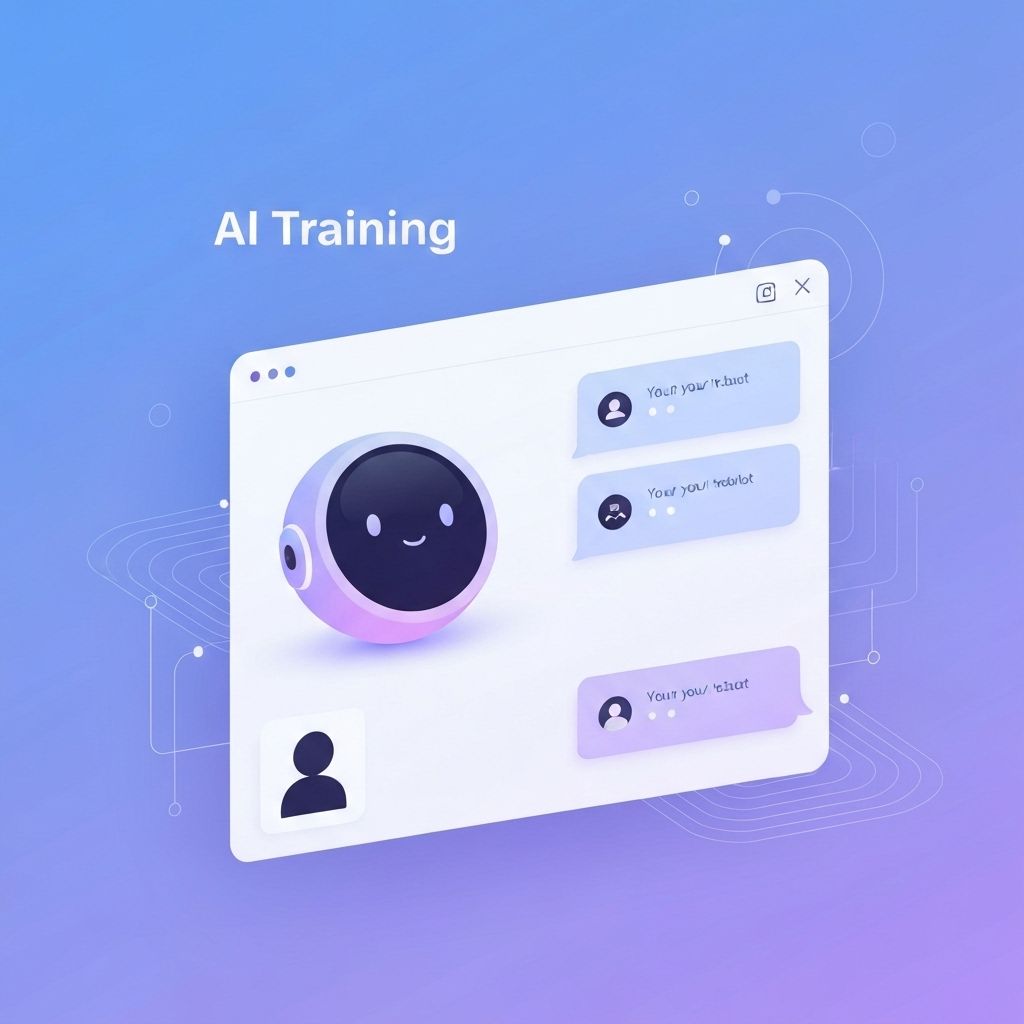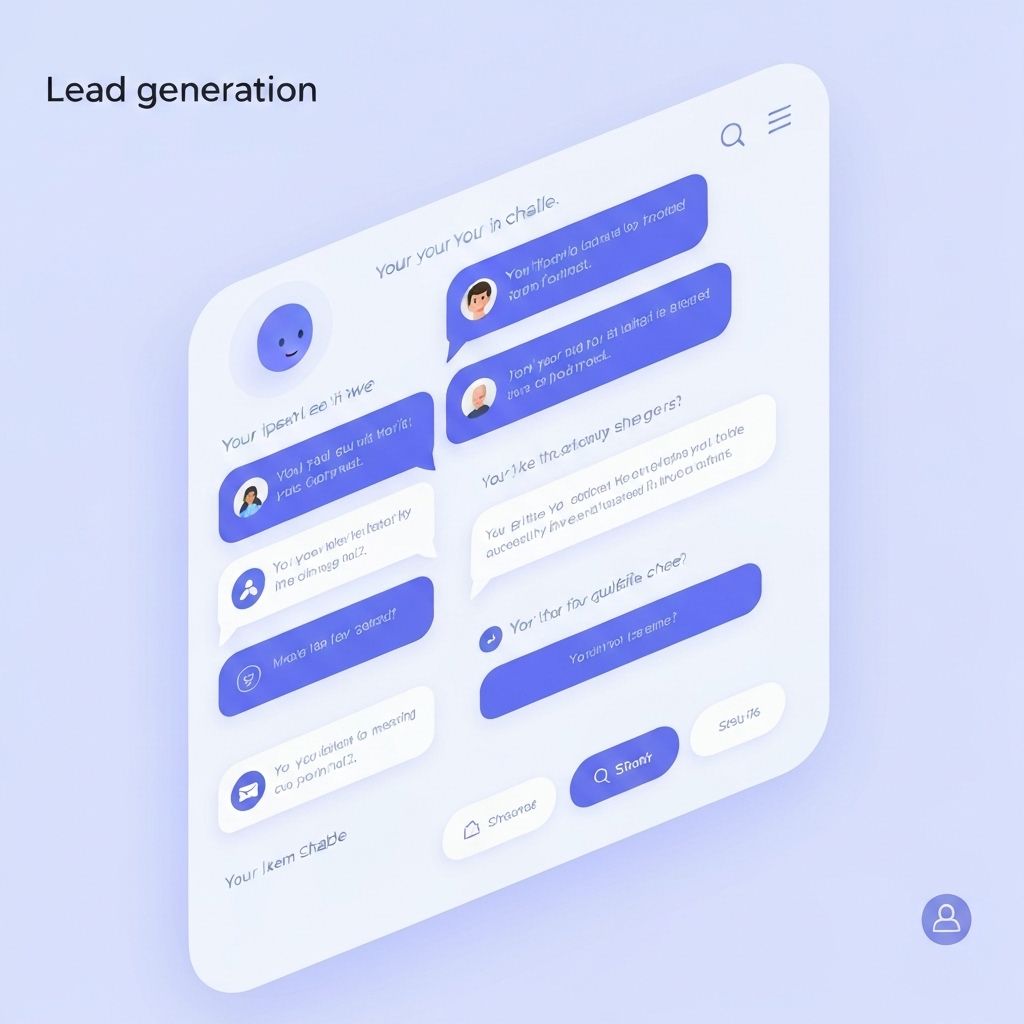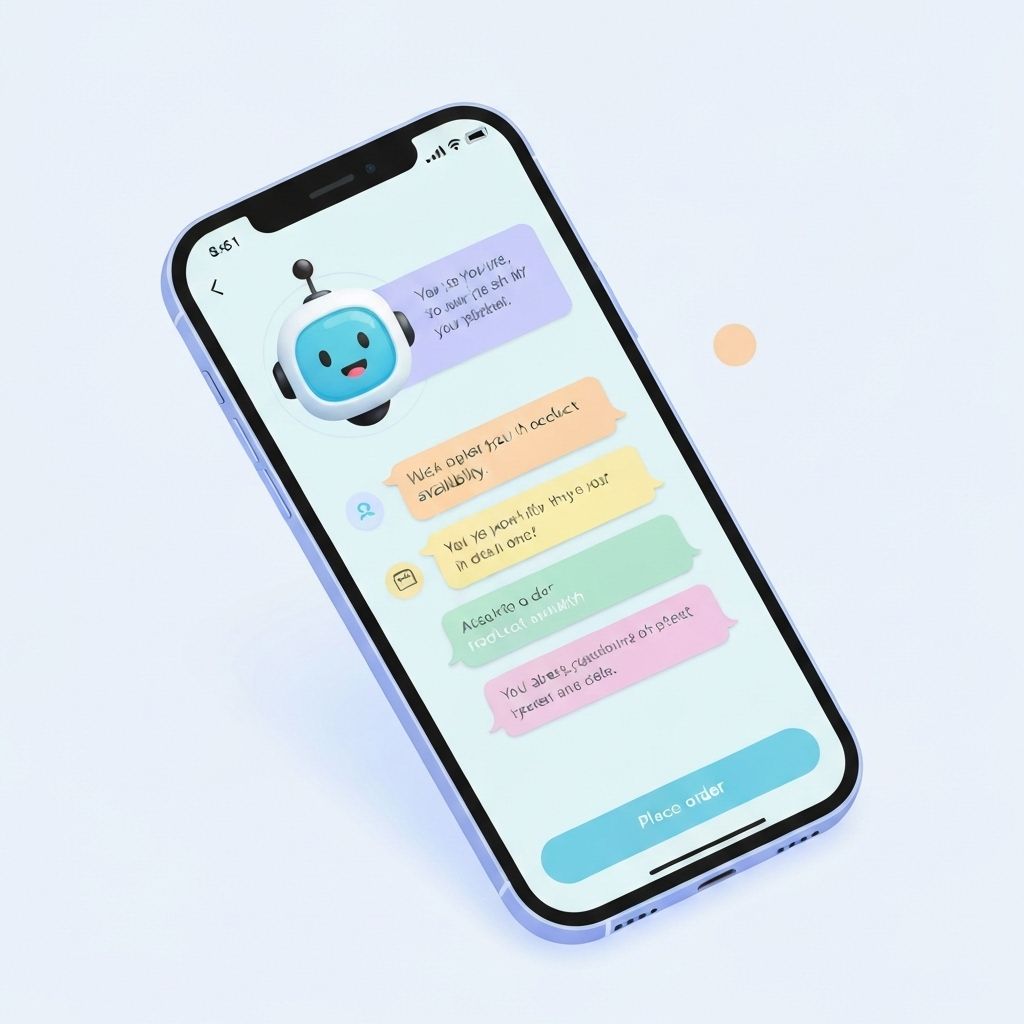Training an AI chatbot effectively is crucial for delivering exceptional customer experiences. This comprehensive guide will walk you through the entire process from data preparation to continuous optimization.
Understanding AI Training Basics
AI chatbots learn from data. The quality and quantity of training data directly impact your chatbot's performance. Think of it as teaching a new employee - the better the training, the better the results.
Step 1: Gather Your Data
Collect all relevant information about your business including:
- Product descriptions and specifications
- Frequently asked questions
- Company policies and procedures
- Previous customer conversations
- Knowledge base articles
Step 2: Organize and Structure
Clean and organize your data into logical categories. Remove duplicates, fix errors, and ensure consistency in terminology and formatting.
Step 3: Define Conversation Flows
Map out common customer journeys and create conversation flows for different scenarios. Consider various paths customers might take.
Step 4: Train with Real Scenarios
Use actual customer questions and scenarios to train your chatbot. This ensures it can handle real-world situations effectively.
Step 5: Test Thoroughly
Before launching, test your chatbot extensively with various questions, edge cases, and challenging scenarios.
Step 6: Monitor and Improve
After launch, continuously monitor conversations, identify gaps in knowledge, and retrain your chatbot with new information.
Best Practices
- Start with core topics and expand gradually
- Use clear, conversational language
- Include variations of common questions
- Set up fallback responses for unknown queries
- Regular updates with new information
Common Mistakes to Avoid
Don't overwhelm your chatbot with too much information at once. Focus on quality over quantity. Avoid technical jargon unless your audience expects it.
Conclusion
Training an AI chatbot is an ongoing process. With the right approach and continuous optimization, your chatbot will become an invaluable asset to your business.




